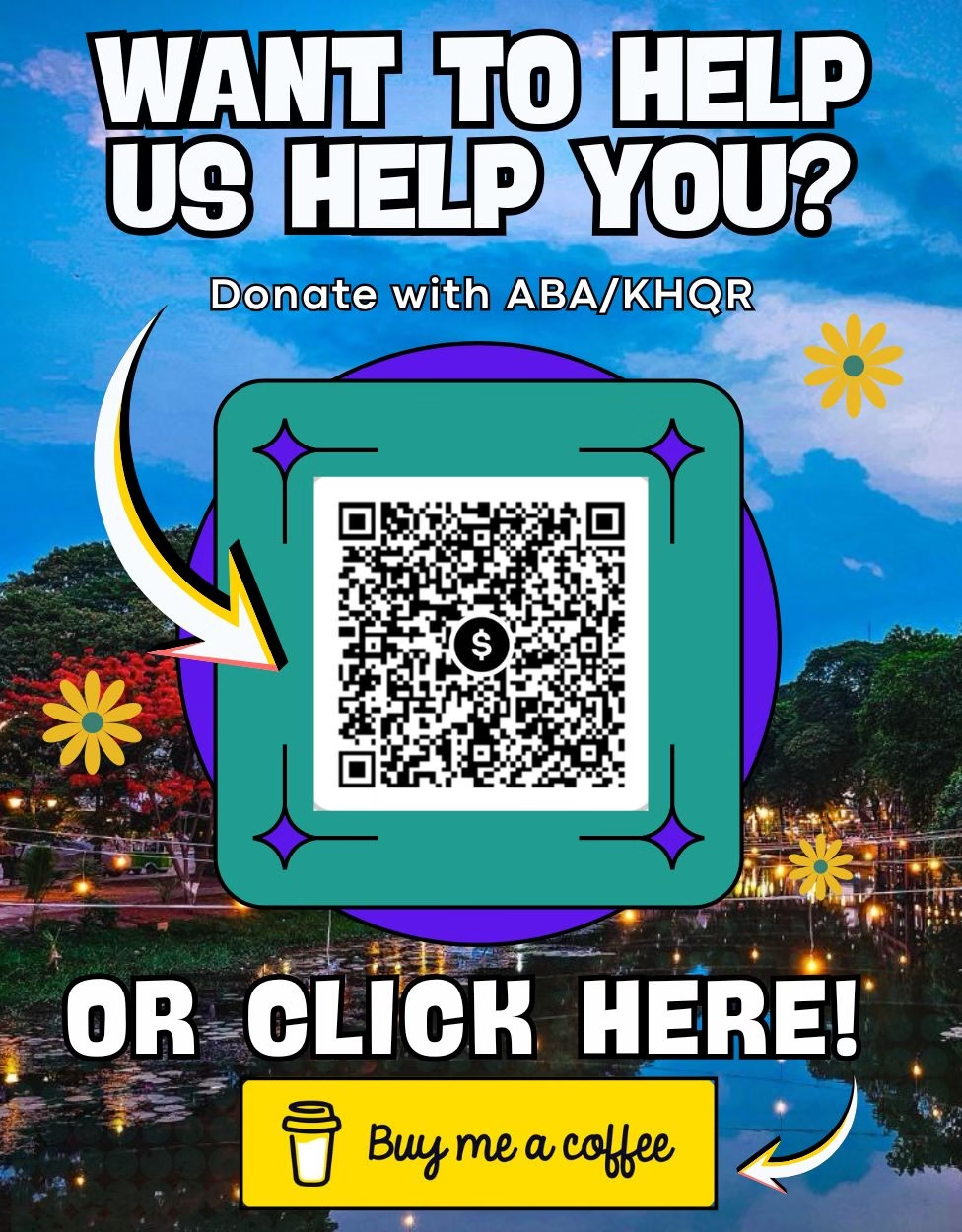The Ultimate Angkor Wat Travel Guide: Everything you need to know before you visit Cambodia’s most famous temple!
If you’re planning a trip to Cambodia, there’s a good chance Angkor Wat is already on your radar – and if it’s not, it definitely should be! As one of the most iconic archaeological sites in the world, and Cambodia’s crown jewel, Angkor Wat is a must-see for history buffs and anyone who loves a good sunrise. If you’ve been travelling South East Asia for a while you’re likely to have seen lots of temples – but if you haven’t yet seen THIS one then you really are missing out.
Our Angkor Wat travel guide will give you everything you need to plan your visit including a brief look into the fascinating history behind it, how to get there, Angkor Wat ticket prices, and which other temples in the Angkor Archaeological Park you definitely shouldn’t miss!
Whether it’s your first time in Siem Reap or your fifth, keep this guide handy as your go-to for exploring Angkor Wat in the best way possible. And as always, if you have any other questions, get in touch with us and we’re happy to help!
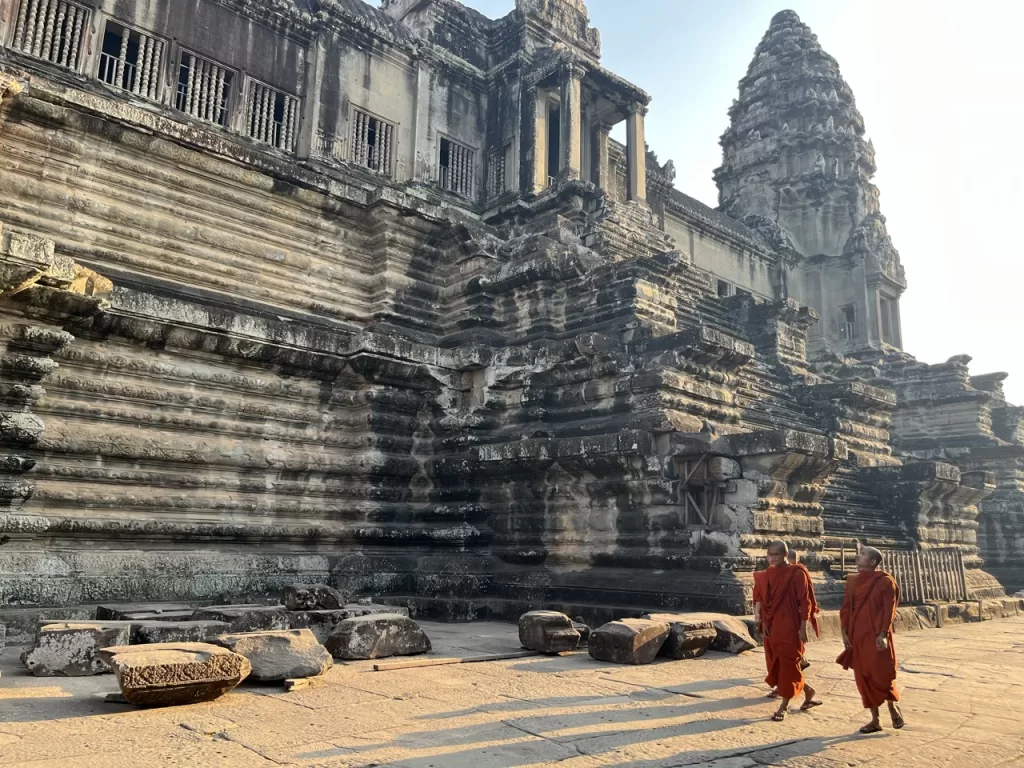
First of all – What is Angkor Wat?
Angkor Wat is the largest religious monument in the world, and a UNESCO World Heritage Site since 1992. It’s located just outside Siem Reap, Cambodia, and originally built in the early 12th century as a Hindu temple dedicated to Vishnu by King Suryavarman II. Over time, it has transformed into a Buddhist temple, which it remains today as an active religious site.
But Angkor Wat isn’t just one temple – it’s the highest billed star of a much larger archaeological complex known as the Angkor Archaeological Park, which spans over 400 square kilometers and includes dozens of temples, ruins, and historical structures.
Angkor Wat is pretty much the equivalent of a headline act in a festival of ancient temples, each offering their own unique experiences – and photo opportunities!
A (Brief) History of Angkor Wat
Let’s rewind to the 1100s back when King Suryavarman II had a vision – to build a divine kingdom on Earth. So he commissioned Angkor Wat – a massive, perfectly symmetrical temple complex representing Mount Meru (the center of the universe in Hindu mythology).
The temple was built using sandstone blocks that were hauled from over 50km away, likely floated down rivers and assembled with incredible precision. No mortar was used, just ingenious engineering that has stood the test of time (unlike some of the roads where I live!).
After the fall of the Khmer Empire around the 15th century (which is still a disputed mystery as to what actually happened), most of the Angkor temples were abandoned to the jungle – except for Angkor Wat, which small groups Buddhist monks continued to maintain. It’s one of the reasons it’s in such remarkably good shape today.
Angkor Wat is said to have been “rediscovered” in the West during the 19th century, when Henri Mouhot (a french explorer) stumbled upon it and introduced it to the world. It’s important to note though, that prior to this, Angkor Wat was of course well known to the locals and had also been visited by several western explorers between the 16th and 19th century. Fast forward to today, and it’s not just a national symbol (yep, it’s on the Cambodian flag!), but it’s also one of the most visited sites in Southeast Asia and affectionately known as the 8th wonder of the world.

The top 5 temples to see in the Angkor Archaeological Park
1. Angkor Wat
Obviously, it’s what you came here for! We do recommend visiting for sunrise if you get the chance, and can get out of bed early enough! Yes, it can get very busy, but the reflection in the lotus pond is iconic and the cooler temperature of the mornings will make it a pleasant once in a lifetime experience. Throughout the day, make sure to explore the galleries, bas-reliefs, and the upper level (Bakan) for the full experience! You could spend hours here and still not truly take in all of it’s beauty, so one option is to visit for sunrise and then return after visiting some other temples on your to-do list!
2. Bayon Temple
Bayon temple is famous for its 216 giant stone faces smiling mysteriously in all directions. It’s one of the most photogenic and surreal temples in the park – Don’t tell anyone, but it’s probably our favourite! Bayon temple is located at the heart of Angkor Thom (Which was King Jayavarman VII’s “Great City” and the capital of his empire) and is perfect for taking some amazing photos of the stunning architecture and artistic stone faces.
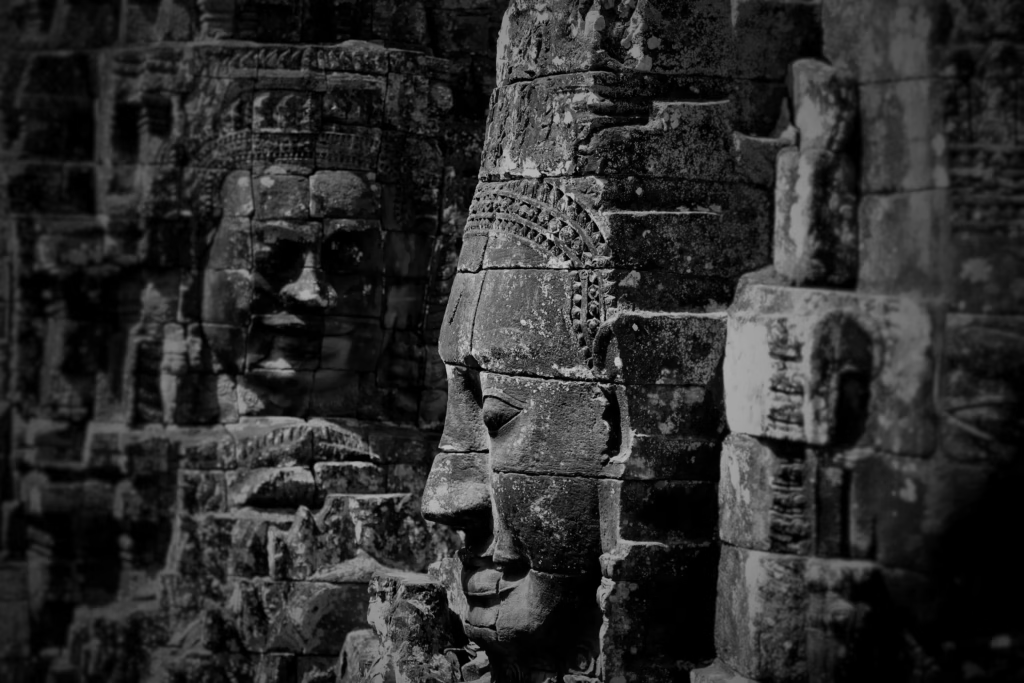
3. Ta Prohm
AKA the Tomb Raider temple as this was where the Tomb Raider movie was filmed in 2000. Huge trees have grown through and over the ruins, making it feel like a real-life jungle adventure. It’s especially atmospheric early in the morning. This is definitely one of those spots where you’ll want to grab your “Temple Run” photos as you do your best impression of Angelina Jolie! You can even head to the Red Piano on Pub Street when you get back to town for some great food and a Tomb Raider cocktail to complete the experience.
4. Banteay Srei
Banteay Srei, or “the lady temple” is made from pink sandstone and features incredibly intricate carvings that are still razor-sharp after centuries. Banteay Srey is a little further from town (Around 20km) but it’s included in your Angkor Wat entrance ticket and the drive there will let you see some beautiful countryside views and you’ll also pass by the landmine museum, which is well worth a visit if you’re interested in the history of Cambodia.
5. Preah Khan
Often overlooked, but one of the more peaceful and sprawling temples. Historians believe it was once a Buddhist university and it has some beautiful unrestored areas covered in moss and vines.
Other honorable mentions include: Neak Pean, Phnom Bakheng (a great sunset spot), East Mebon, Ta Som, and Bakong.
Angkor Wat, Bayon Temple and Ta Prohm temple make up what is known as “The Small Circuit Tour”. This is usually what you can ask your guide or tuktuk driver for if you’re short on time or only have one day to visit the temples. Many guides will also offer a “Grand Circuit Tour” which includes lots of other, smaller temples in and around the complex and will give you a much fuller experience. If you have any particular temples that you want to visit, make sure to communicate this with your driver or guide as they’ll be happy to accomodate you.
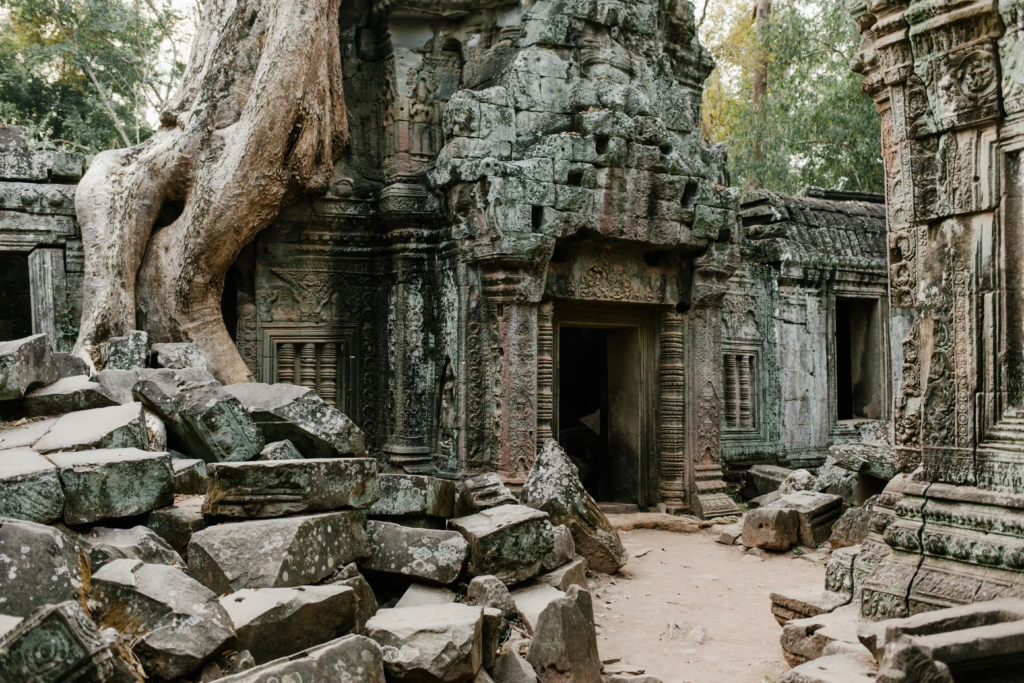
How to Get to Angkor Wat from Siem Reap
From Siem Reap, getting to Angkor Wat is super easy as the main entrance is only about 7km north of the city center and the Pub Street area, which is likely near where your hotel will be! Have a look below to decide on which option is best for you.
Transport options:
Tuk Tuk – Hiring a tuktuk is the most common way to get to the temples, and in our opinion, the best way! We recommend hiring one of the large remork style tuktuks as they’re spacious and airy so you’ll get a nice breeze whilst you’re driving around and be able to take in everything that’s going on around you. Many tuktuk drivers are very experienced with taking tourists to the temples and can offer you a lot of information about where you’re going and what you’re seeing. Expect to pay roughly $20 for the whole day depending on your negotiation skills!
Electric bike or scooter – Perfect if you want to explore at your own pace. There are lots of shops offering e-bike rentals in Siem Reap and there are places to rent scooters as well.
NOTE: We DO NOT recommend this option if you are not an experienced rider with the correct licences and insurance. If you’re not used to the driving in Cambodia, it’s not worth ruining your plans and spending the rest of your trip in and out of hospitals. There are plenty of other great ways to get around in Siem Reap.
Bicycle – Great for budget travelers and those who like a challenge as bicycles can be rented all around town at low prices. Siem Reap can get hot, so bring water and start early. The roads in town are very flat, so it’s not a very strenuous ride. The ride to the temples from Pub Street is less than 8km and the majority of the route can be followed via cycle lane! However, you’ll quickly rack up the miles throughout the day travelling between each of the temples so a good level of fitness is required.
Private car or van – More expensive, but we’d say worth it for families or larger groups who are looking for the extra comforts. This will offer you a nice air conditioned break between temples.
Ride hailing apps – Apps such as PassApp or Grab will have options for you to either get a ride to the complex (and then make your own way around) or hire a driver for a set amount of time. This could save you a few dollars over hiring a dedicated tuktuk driver for the day, though we feel the personal touch of a decent tuktuk tour guide is worth the extra money.

Angkor Wat Ticket Prices (Updated for 2025)
Tickets are sold by Angkor Enterprises and give you access to the entire Angkor Archaeological Park – not just Angkor Wat (although other temples outside the park may not be included). For full information on the current Angkor Wat ticket prices and which temples you can visit, check out our article HERE
As of 2025, prices are:
1-Day Pass: $37 USD
3-Day Pass: $62 USD (valid over 10 days)
7-Day Pass: $72 USD (valid over one month)
You can buy tickets online at the official Angkor Enterprises website or in person at either the ticketing center on Road 60 or at the self service kiosks at Heritage Walk mall. Your tuktuk driver will know where to take you if you have one! You may need to bring your passport for ID if buying in person. And yes, they take card! If you buy in person, you’ll get a physical paper ticket. Otherwise, you’ll be provided with a digital ticket with a QR code you can have scanned from your phone.
Click HERE to be taken to the Angkor Enterprises official website.
Purchasing online anywhere else is not officially supported and may incur extra fees!
Tip: The 3-day pass is perfect for most visitors. There’s no way you’ll see everything in one day!
If you are short on time and can only do a 1 day visit, we recommend opting for the “Small Circuit Tour” with your guide, which usually includes Angkor Wat, Bayon Temple and Ta Prohm.

Extra Tips for Visiting Angkor Wat
Dress respectfully – It’s an active religious site and modest clothing is important. Make sure your knees and shoulders are covered, and your clothing is appropriate. (This is also means making sure you wear light and airy clothing, as it gets hot!)
Plan your days accordingly – Sunrise at Angkor Wat is magical, but sunset at Phnom Bakheng or Pre Rup can be just as memorable (and sometimes less crowded). It’s also important to remember that the mid day heat can be exhausting and you’ll find more comfortable temperatures early morning and late afternoon! You may even want to visit in the morning, head somewhere cool for lunch, and then return later in the afternoon! Your ticket allows you to leave and re-enter the complex.
Hire a guide – If you’re into history, a local guide can give you a much deeper understanding of what you’re seeing. Tourism is the biggest source of income in Siem Reap, and hiring a guide is a great way to help support the local economy whilst also gaining a wealth of extra knowledge about the temples you’re seeing. If you’re going solo – you can find officially registered Angkor tour guides at the entrance to Angkor Wat and around the temple complex who have all undergone training and are part of a difficult licencing scheme so you know they’re good! Guides are available with a wide range of spoken languages.
Pack smart – Aside from your phone or camera (so you can take some amazing photos!), we recommend bringing sun screen, bug spray and lots and lots of water!
Don’t try to do it all in one go – Temple fatigue is real and the heat can be a killer. Break up your days and take time to enjoy Siem Reap in between.
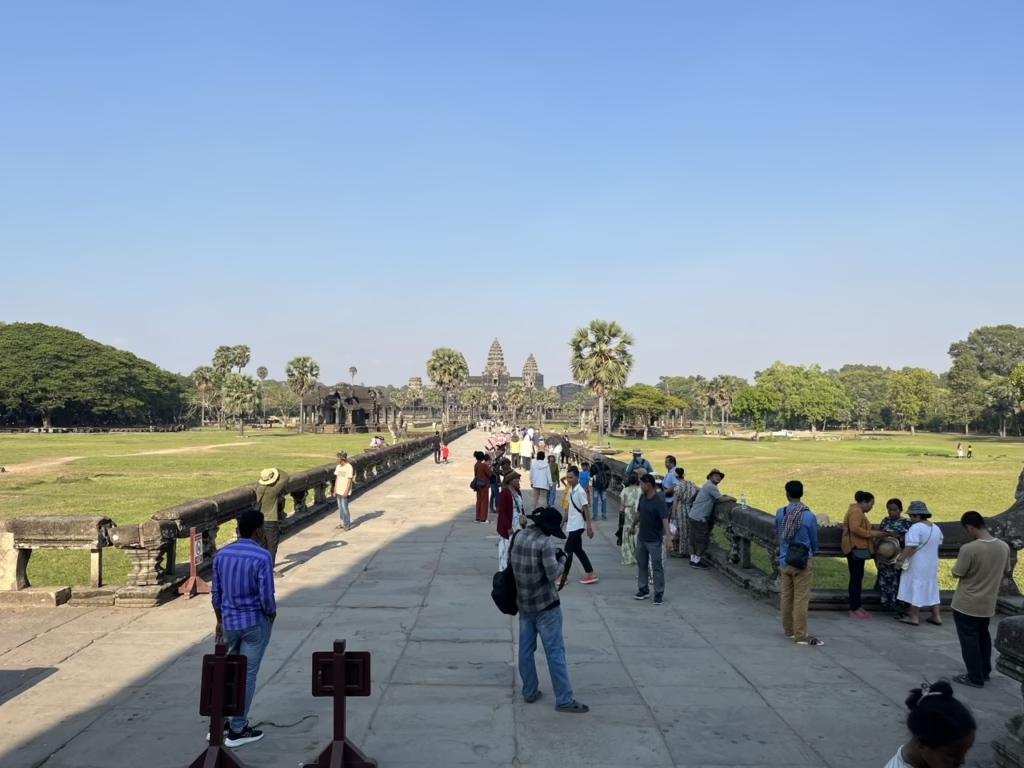
Why Angkor Wat Should Be on Your Cambodia Itinerary
There’s a reason Angkor Wat is on bucket lists all over the world. From the scale and grandeur of the complex to the intricate details carved into every stone, this must-visit temple complex captures the imagination like few other places on Earth.
Angkor Wat is a deep dive into Khmer history and the spirit of the Khmer people. If you’re heading to Siem Reap, give yourself time to truly soak it all in. Not only will you have some incredible photos to show your friends back home, you might also learn a thing or two!
If you fancy it, you can also rent traditional Khmer clothing for a photoshoot at Angkor Wat! You’ll end up with some amazing photos, and it’s a great fun experience too. There are several stores in town renting the outfits for as little as $10 and there are photographers available at the temples if you don’t want to take your own. If this is something you’re interested in, drop a comment below or send us a message for more info.
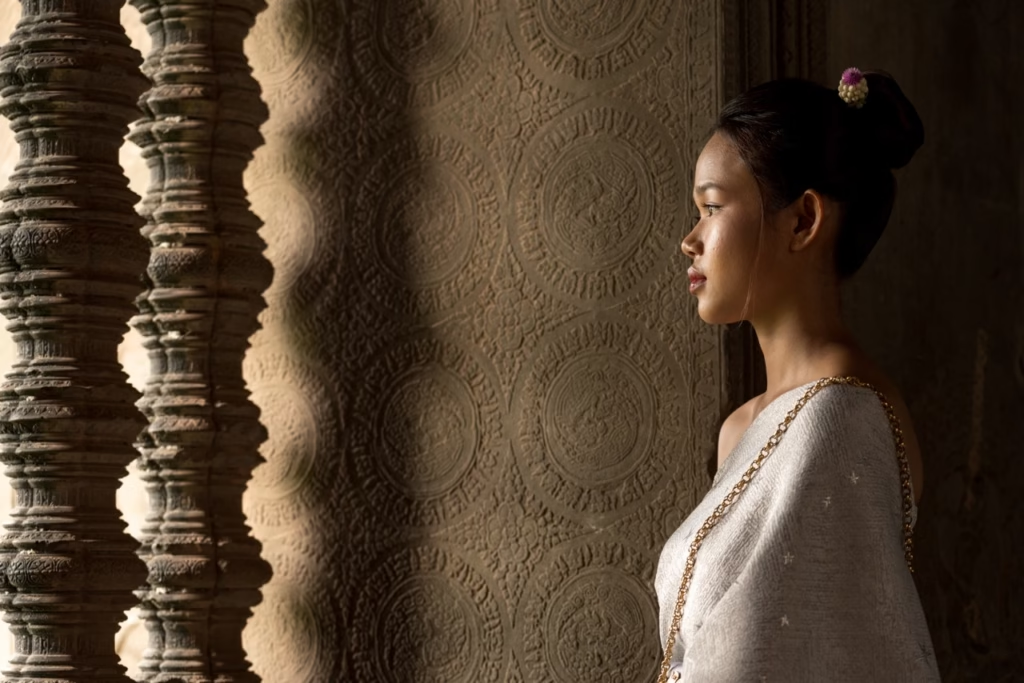
Whether you’re a solo traveler, digital nomad, couple, or family, visiting Angkor Wat will be one of the highlights of your trip to Southeast Asia. Siem Reap offers everything from night markets and Khmer cuisine to chill cafés and cool art spaces, so it’s the perfect base to explore both the ancient and the modern side of Cambodia. Be sure to browse the rest of our site for great ways to spend your time in Siem Reap, including our most popular article “50 things to do in Siem Reap after Angkor Wat”.
Let us know in the comment section below if you found this Angkor Wat guide helpful – and don’t forget to tag us in your temple shots on instagram so we can see your journey too!
For more great information or recommendations from our Siem Reap travel guide and for tips on Cambodia in general, don’t forget to follow our Instagram, Facebook, YouTube and TikTok accounts for regular fun and updates!
@morethantemples
Thinking about a trip to Cambodia and looking for someone to help plan your itinerary, or just looking for someone to take you to places you won’t find on regular tours? CLICK HERE to visit our “Tours” page and get in touch. Nightlife tours also available!
Any information in the article above was correct at the time of posting to the best of our knowledge. If you notice any issues or would like to chat to us about the article please get in touch with us via our “ABOUT” page. If you’re the owner of a business we’ve written about and would like to discuss any out of date or incorrect information, please get in touch and we’ll be more than happy to help! Any opinions expressed in our articles are our own and may not be representative of everyone’s experience. If you found this article helpful, please consider heading to our ABOUT page by CLICKING HERE, and leaving us a tip via BuyMeACoffee!


